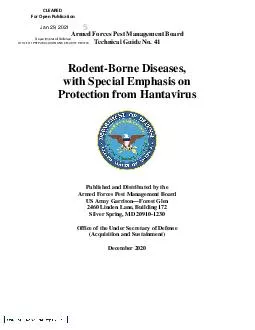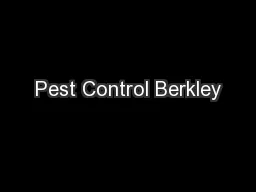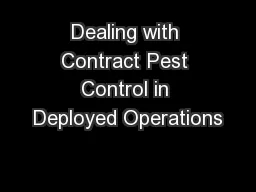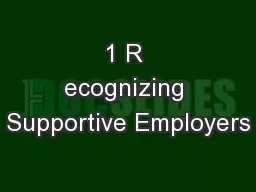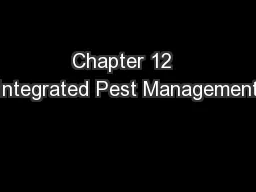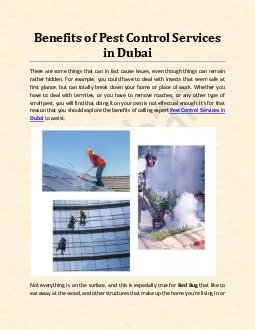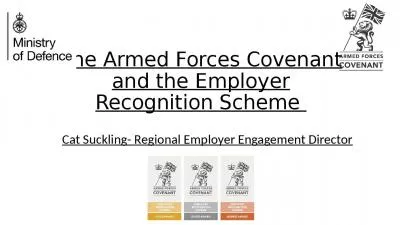PDF-Armed Forces Pest Management BoardTechnical Guide No 41
Author : dora | Published Date : 2021-09-30
Jan 29 2021RodentBorne Diseases with Special Emphasis onProtection from Hantavirusublished and Distributed by theArmed ForcesPest Management BoardUS Army GarrisonForest
Presentation Embed Code
Download Presentation
Download Presentation The PPT/PDF document "Armed Forces Pest Management BoardTechni..." is the property of its rightful owner. Permission is granted to download and print the materials on this website for personal, non-commercial use only, and to display it on your personal computer provided you do not modify the materials and that you retain all copyright notices contained in the materials. By downloading content from our website, you accept the terms of this agreement.
Armed Forces Pest Management BoardTechnical Guide No 41: Transcript
Download Rules Of Document
"Armed Forces Pest Management BoardTechnical Guide No 41"The content belongs to its owner. You may download and print it for personal use, without modification, and keep all copyright notices. By downloading, you agree to these terms.
Related Documents

